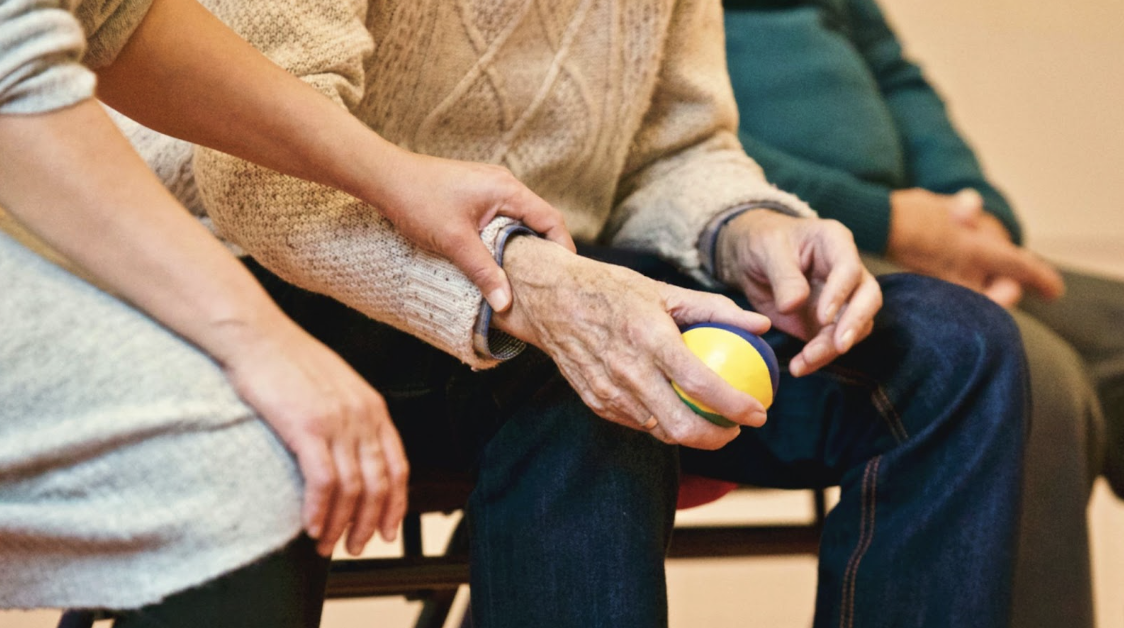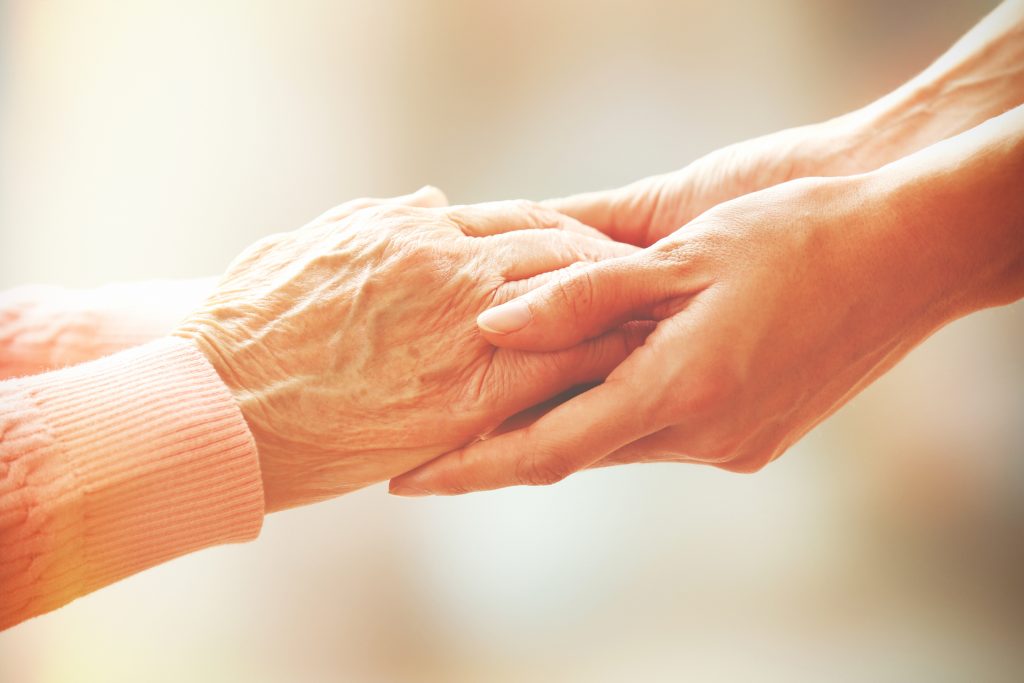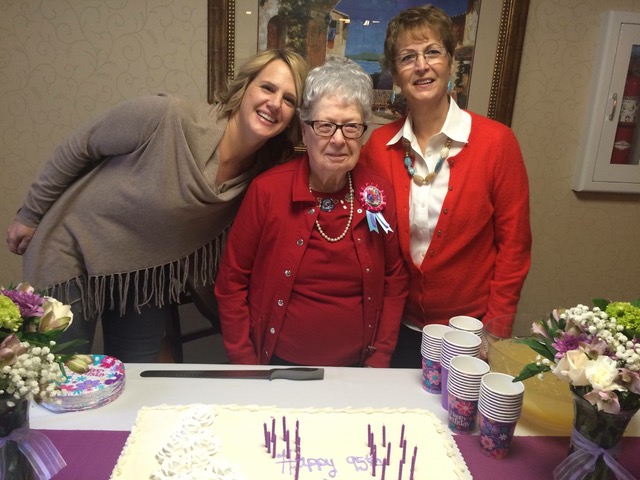Taking on the role to be a caregiver is no easy feat, and oftentimes caregivers can be at risk for burnout also known as “Caregiver Role Strain”. Many that are in the position of taking care of their loved ones don’t realize when things have taken a turn or affected them negatively. Let’s talk about and identify what it looks like to be an at risk caregiver.
Benefits Of Caregiving
There have been reports that over 80% of caregivers have expressed the duty of caregiving as a positive experience. They often report finding joy in taking care of someone who has taken care of them, and living up to the tradition of extending care in their family brings them joy.
Risks Of Caregiving
Though there are many beautiful facets in being a caregiver just as any other job there are risks that come with doing so. The demands that come with being a caregiver can over time pose a risk to the caregivers health. These risks can include serious injuries resulting from falls, sleep deprivation, neglecting their own health, and social isolation.
Signs Of An At Risk Caregiver
There are a few warning signs to look for when it comes to identifying an at risk caregiver. These signs can show up as stress, being overwhelmed, and anxiety. Caregivers often describe themselves as experiencing emotional or mental burnout.
At Risk For Caregiver Role Strain
Specifically, Caregiver Role Strain is often referred to in situations to identify those that are at risk. If the caregiver is at risk they may experience the following:
- Insomnia – the caregiver may have a hard time falling asleep or find sleep disturbances in what used to be a normal sleeping pattern. Common causes of insomnia are stress and depression.
- Irritability – this occurs when a person is agitated as a result of mental health decline or stress.
- Concentration Problems – there may be an overall decrease in the ability to focus on thoughts and daily tasks. Signs can be seen as being unable to make choices, lack of energy, losing things, making mistakes, and forgetting things that just occurred.
This ultimately can lead to a high risk level for the care recipient, putting both the caregiver and care recipient’s health at risk.
Caregiver Support
In the case that a caregiver is nearing crisis, it is recommended to reassess the overall family dynamic and caregivers situation. By providing support needed to the caregiver, this establishes a level of safety and security for all parties involved.
Support for the caregiver can look like the following:
- Caregiver support groups and education
- Individualized psychotherapy
- Assistance with housekeeping, and personal care
- Transportation assistance
- In home educational services for those in the caregiving role
If you or your loved one are looking for a community of those with similar life experiences, we highly recommend getting plugged in with our growing SandwYch community. Feel free to reach out to us with any questions you may have at hello@sandwych.co.
Christina Hill is a contributing writer for the SandwYch community.




